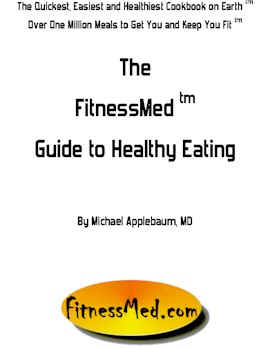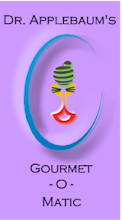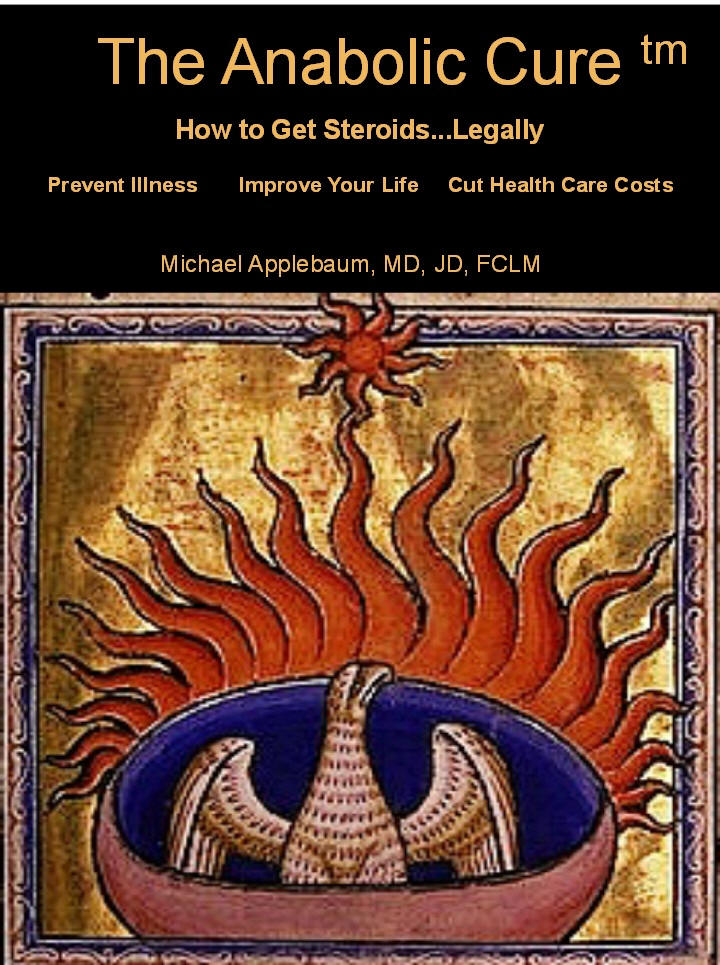

Stupid to the max.
For kids in the U.S., almost half of their daily energy intake comes from 'empty calories' -- foods such as soda and pizza that have little nutritional value, researchers say.Just note the following and think about them.
Of an average 2,200 daily calories, around 800 are attributable to solid fats or added sugars, Jill Reedy, PhD, MPH, RD, and Susan M. Krebs-Smith, PhD, MPH, RD, of the National Cancer Institute, reported in the Journal of the American Dietetic Association...
They found that the top sources of energy were:Grain desserts -- cakes, cookies, doughnuts, pies, crisps, cobblers, and granola bars -- totaling 138 calories per day
Pizza, a close second at 136 calories daily
Soda, trailing behind at 118 calories per day
When adding fruit juices to the latter, the amount of energy from the sugar-sweetened beverage category rose to 173 calories.
Nearly 40% of all energy consumed was in the form of empty calories, with 433 calories from solid fats and 365 from added sugars.
That far exceeded federal daily recommendations on empty foods, which are limited to between 8% and 20% of daily energy depending on age.
Half of those empty calories came from six foods -- soda, fruit drinks, dairy desserts, grain desserts, pizza, and whole milk...
Evolutionarily, she said, humans are wired to prefer sweets and fats because they are quick sources of energy that can enhance survival. In fact, she said, breast milk is fairly sweet.
The average Caloric intake was 2200 Calories. The "top sources of energy" added up to 447 Calories (presumably on average), including fruit juices, which are now "junk foods" and sources of "empty Calories," incidentally.
This means that, on average, 20% of the Calories were from the "top sources of energy," and within the "federal daily recommendations on empty foods."
In addition to fruit juices being characterized as "junk food" (according to this article) so is whole milk and unspecified (in the article) "dairy desserts," possibly derived from whole milk, e.g., yogurt, and "grain desserts," which could have been from the much touted whole grains (no breakdown appeared in the article).
If that is the case, it is not that these foods are so-called junk foods, they are simply too high in Calories. The nutritional value of, say, skim milk differs from whole milk primarily in the number of Calories and whole grain "granola bars," for example, can contain too many Calories from the grains themselves and/or from added sweetener or other flavors, e.g., fruits (is fruit another source of empty Calories when found in a "granola bar"?)
Which brings us to the only thing that really matters in the weight debate, Calories in vs. Calories out.
Also note the insanity of their approach, which is to fight what "humans are wired to prefer [-] sweets and fats."
Apparently we are wired to prefer researchers with s**t for brains.
QED








No comments:
Post a Comment